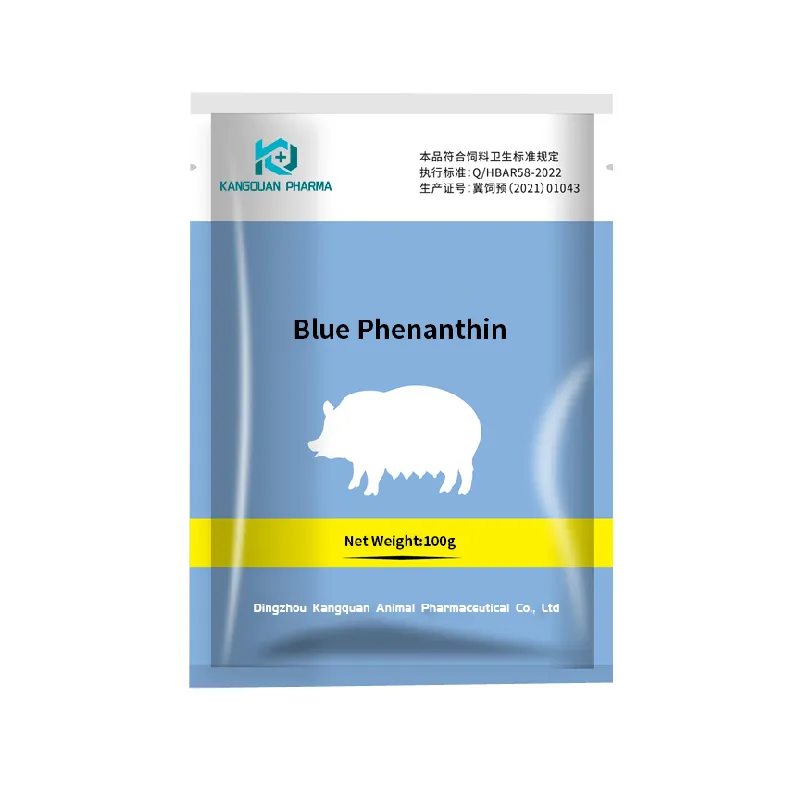- Afrikaans
- Albanian
- Amharic
- Arabic
- Armenian
- Azerbaijani
- Basque
- Belarusian
- Bengali
- Bosnian
- Bulgarian
- Catalan
- Cebuano
- Corsican
- Croatian
- Czech
- Danish
- Dutch
- English
- Esperanto
- Estonian
- Finnish
- French
- Frisian
- Galician
- Georgian
- German
- Greek
- Gujarati
- Haitian Creole
- hausa
- hawaiian
- Hebrew
- Hindi
- Miao
- Hungarian
- Icelandic
- igbo
- Indonesian
- irish
- Italian
- Japanese
- Javanese
- Kannada
- kazakh
- Khmer
- Rwandese
- Korean
- Kurdish
- Kyrgyz
- Lao
- Latin
- Latvian
- Lithuanian
- Luxembourgish
- Macedonian
- Malgashi
- Malay
- Malayalam
- Maltese
- Maori
- Marathi
- Mongolian
- Myanmar
- Nepali
- Norwegian
- Norwegian
- Occitan
- Pashto
- Persian
- Polish
- Portuguese
- Punjabi
- Romanian
- Russian
- Samoan
- Scottish Gaelic
- Serbian
- Sesotho
- Shona
- Sindhi
- Sinhala
- Slovak
- Slovenian
- Somali
- Spanish
- Sundanese
- Swahili
- Swedish
- Tagalog
- Tajik
- Tamil
- Tatar
- Telugu
- Thai
- Turkish
- Turkmen
- Ukrainian
- Urdu
- Uighur
- Uzbek
- Vietnamese
- Welsh
- Bantu
- Yiddish
- Yoruba
- Zulu
10 月 . 30, 2024 17:42 Back to list
tylosin injection
Tylosin Injection Uses, Mechanism, and Safety
Tylosin injection is a macrolide antibiotic primarily used in veterinary medicine. Its primary function is to combat bacterial infections in various livestock, poultry, and some companion animals. It targets specific bacteria, aiding in the treatment of respiratory, digestive, and skin infections. Understanding its uses, mechanism of action, and safety measures is crucial for effective application in veterinary practice.
Uses of Tylosin Injection
Tylosin is recognized for its effectiveness against a variety of gram-positive bacteria, including those responsible for respiratory diseases and gastrointestinal infections. It is particularly beneficial in treating conditions such as swine pneumonia, chronic respiratory disease in chickens, and enteritis. Additionally, tylosin can be used as a growth promoter in some cases, enhancing feed efficiency and weight gain in livestock. However, this use is subject to regulations and varies by region due to concerns about antibiotic resistance and food safety.
Mechanism of Action
tylosin injection

Tylosin works by inhibiting bacterial protein synthesis. It binds to the 50S ribosomal subunit of susceptible bacteria, preventing the translation process necessary for bacterial growth and reproduction. This mechanism makes it effective against both actively dividing and stationary bacteria. By disrupting protein synthesis, tylosin helps control the infection, allowing the animal’s immune system to combat the remaining pathogens. This makes it an invaluable tool in managing bacterial infections in livestock and poultry.
Safety and Considerations
While tylosin is generally considered safe for use in various animal species, it is essential to adhere to proper dosing guidelines and treatment protocols. Overuse or misuse can lead to antibiotic resistance, a growing concern in veterinary medicine. Moreover, potential side effects may include gastrointestinal disturbances, allergic reactions, or the development of superinfections. As such, veterinarians must conduct a thorough assessment of the animal’s condition before initiating treatment.
Additionally, proper withdrawal times should be observed to ensure that tylosin residues do not remain in meat or other animal products intended for human consumption. Regulatory agencies often set strict guidelines to mitigate any risks associated with antibiotic residues.
In conclusion, tylosin injection serves as a vital medication in veterinary medicine, effectively managing bacterial infections in animals. Its specific mechanism of action and targeted applications make it a valuable asset for veterinarians. However, responsible usage and adherence to safety protocols are paramount to prevent adverse effects and contribute to overall public health.
-
The Power of Radix Isatidis Extract for Your Health and Wellness
NewsOct.29,2024
-
Neomycin Sulfate Soluble Powder: A Versatile Solution for Pet Health
NewsOct.29,2024
-
Lincomycin Hydrochloride Soluble Powder – The Essential Solution
NewsOct.29,2024
-
Garamycin Gentamicin Sulfate for Effective Infection Control
NewsOct.29,2024
-
Doxycycline Hyclate Soluble Powder: Your Antibiotic Needs
NewsOct.29,2024
-
Tilmicosin Premix: The Ultimate Solution for Poultry Health
NewsOct.29,2024













